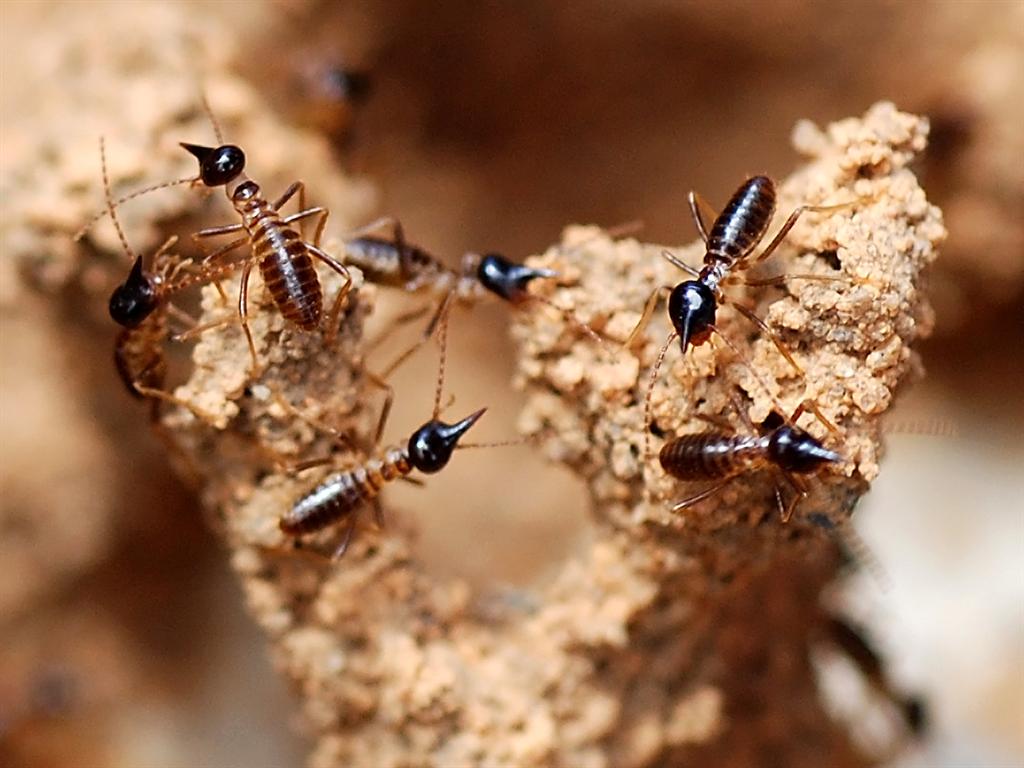In the world of intelligence research, an unlikely contestant has emerged in the race to understand cognition: the humble insect. Despite having brains smaller than a pinhead, insects demonstrate remarkable capabilities in navigation, communication, and problem-solving that continue to astonish researchers. As artificial intelligence systems grow increasingly sophisticated yet struggle with tasks that insects perform effortlessly, scientists are turning to these tiny creatures for inspiration. This convergence of entomology and computer science has created a fascinating frontier where bug brains are informing the development of more efficient, adaptable AI systems. The miniature neural networks of insects—operating with minimal energy and maximal efficiency—may hold keys to unlocking the next generation of artificial intelligence.
The Remarkable Efficiency of Insect Brains
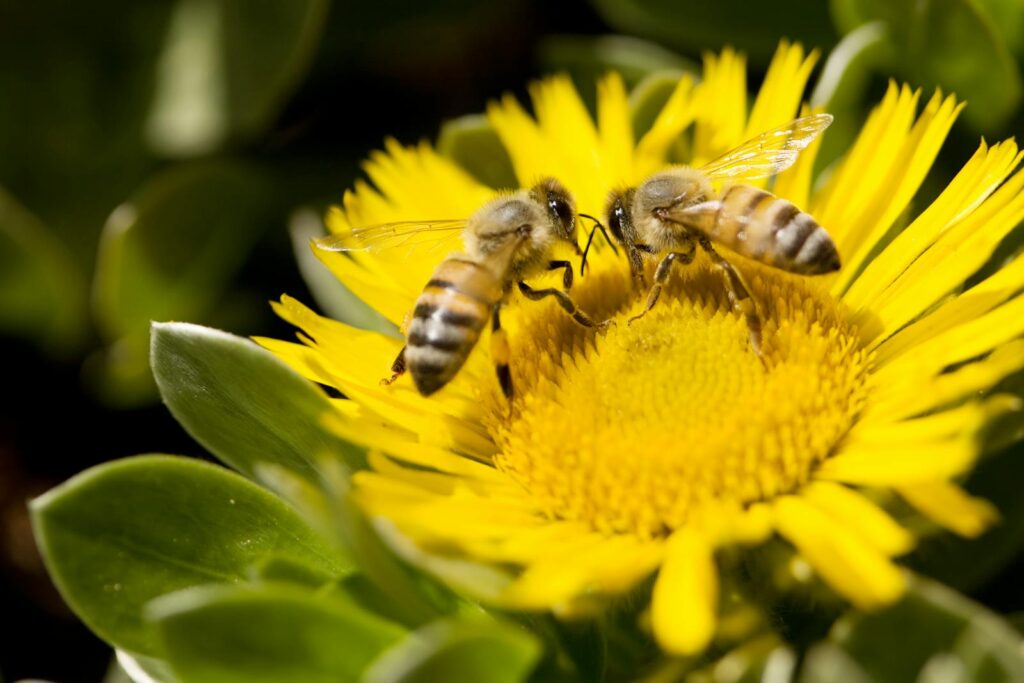
The insect brain represents one of nature’s most impressive feats of miniaturization. A honeybee’s brain contains approximately 960,000 neurons—a minuscule number compared to the human brain’s 86 billion—yet enables complex behaviors like symbolic communication, face recognition, and mental mapping. What makes insect cognition particularly fascinating to neuroscientists and AI researchers is its remarkable efficiency. These tiny neural networks consume minimal energy while producing adaptive behaviors that many sophisticated AI systems cannot match. Researchers at the University of Sussex found that bees can solve complex optimization problems, similar to the traveling salesman problem, with neural equipment weighing less than a milligram. This efficiency stands in stark contrast to energy-hungry AI systems that require massive computing resources to perform comparable tasks.
Nature’s Solution to the Scaling Problem
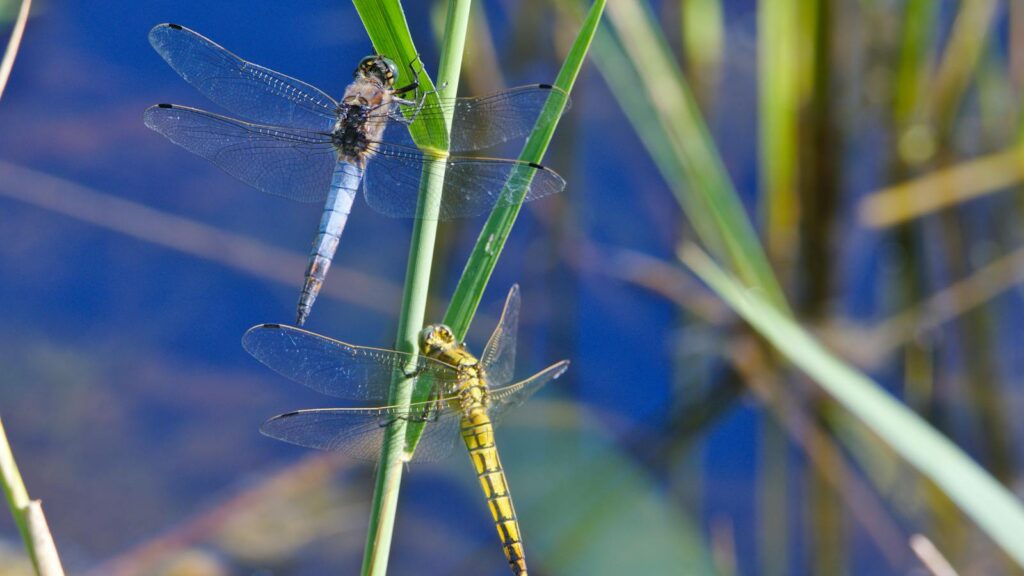
Modern artificial intelligence faces a significant challenge known as the scaling problem—the tendency for AI systems to require exponentially more computing power and energy as they grow more sophisticated. While today’s neural networks may contain billions of parameters and demand substantial computational resources, insects demonstrate that intelligence doesn’t necessarily require such scale. Dragonflies, with brains containing fewer than a million neurons, can track and intercept prey with 95% accuracy, outperforming many computer vision systems. This natural solution to the scaling problem has inspired a new wave of “neuromorphic computing” that attempts to mimic insect neural architecture rather than simply adding more layers and parameters. Scientists at the Janelia Research Campus have mapped the complete connectome of the fruit fly brain, providing insights into how nature achieves such computational efficiency with limited neural hardware.
Navigation Without GPS: Insect Spatial Intelligence
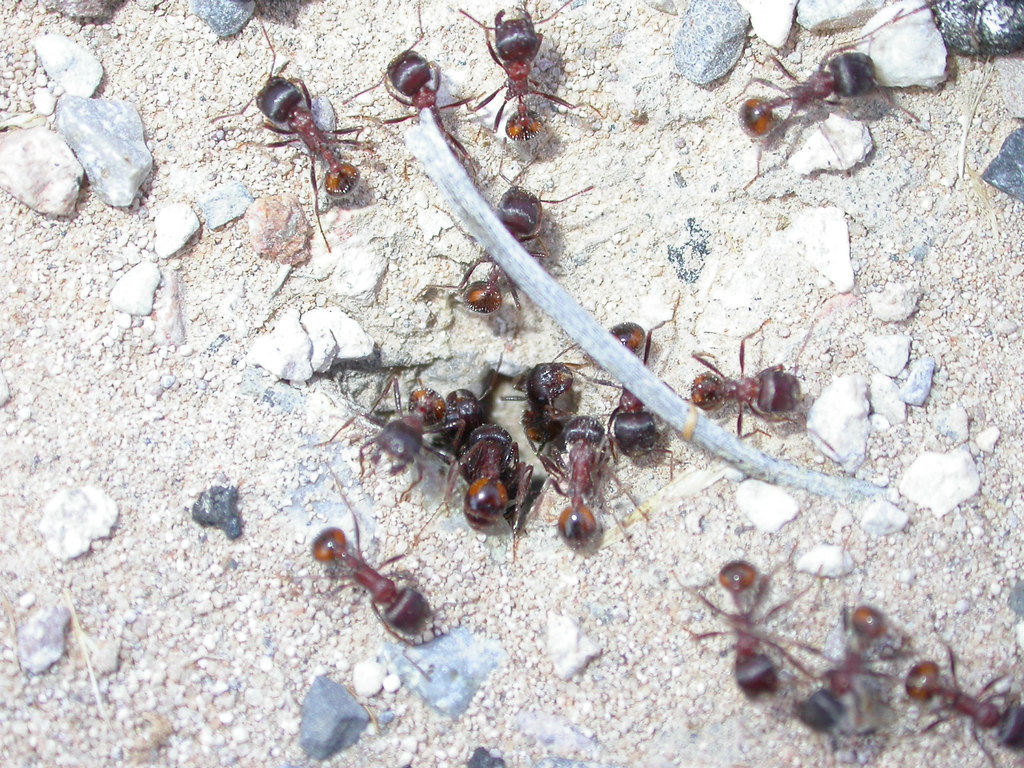
One of the most studied aspects of insect cognition is their extraordinary navigational ability, which far exceeds what should be possible given their neural limitations. Desert ants can travel up to 20 kilometers in barren, featureless terrain and return unerringly to their nest entrance—a hole just millimeters wide—without using landmarks, pheromone trails, or GPS. They accomplish this remarkable feat through a process called path integration, essentially creating an internal vector map by calculating distance and direction as they move. Researchers at the Australian National University have developed computational models based on these ant navigation systems that require just a fraction of the code and processing power of traditional robotic navigation systems. These insect-inspired algorithms have already been implemented in autonomous drones that can navigate accurately even when GPS signals are unavailable or unreliable.
The Mushroom Bodies: Insect Learning Centers
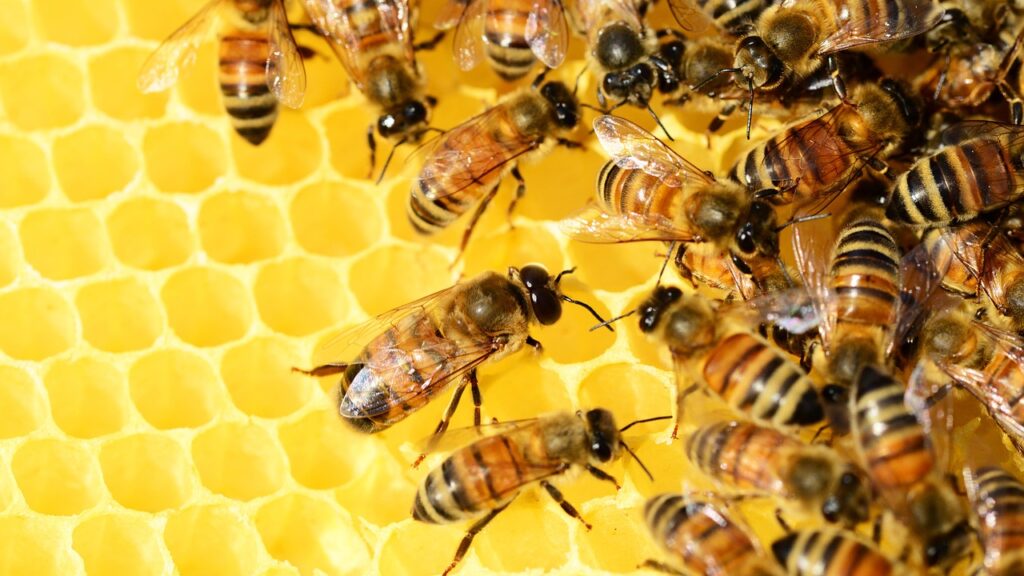
At the heart of insect learning and memory are specialized brain structures called mushroom bodies, which serve functions roughly analogous to the human hippocampus. These structures, despite containing relatively few neurons, enable insects to form complex associations, demonstrate context-dependent learning, and even show basic forms of abstract thinking. Honeybees, for example, can learn the concepts of “same” and “different”—a form of abstract reasoning once thought to be exclusive to vertebrates with much larger brains. Researchers at the Max Planck Institute have developed computational models based on mushroom body architecture that show promising results in pattern recognition tasks while using drastically fewer computational resources than conventional deep learning systems. This research suggests that the fundamental architecture of learning may be simpler than previously thought, with important implications for developing more efficient machine learning algorithms.
Swarm Intelligence: Collective Computation
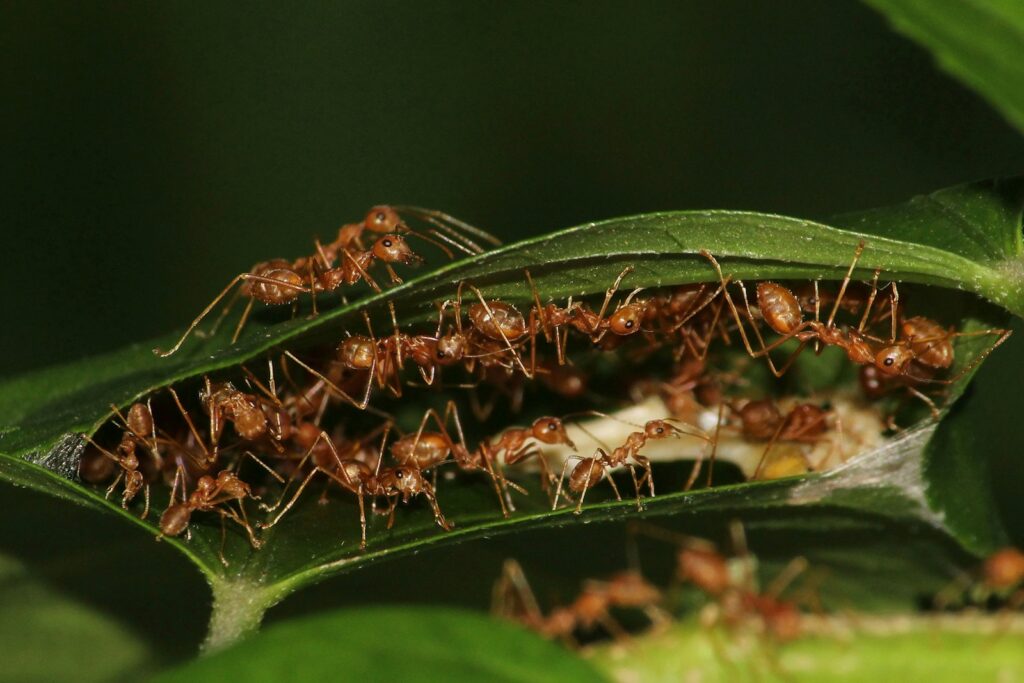
Perhaps one of the most profound lessons insects offer AI researchers comes not from individual brains but from how they function collectively. Swarm intelligence—the emergent problem-solving capabilities that arise when simple agents follow basic rules—demonstrates how sophisticated behaviors can emerge without centralized control. Ant colonies collectively solve complex optimization problems when finding the shortest path to food or allocating workers efficiently among tasks. Termites build intricate structures with sophisticated temperature regulation systems without any blueprint or master plan. These natural algorithms have inspired numerous AI applications, from network routing protocols to distributed robotic systems. Researchers at Harvard University have created robot swarms that, using principles derived from ant behavior, can collaborate to build structures and navigate complex environments without centralized control, potentially revolutionizing fields from disaster response to infrastructure construction.
Sensory Processing: Doing More with Less
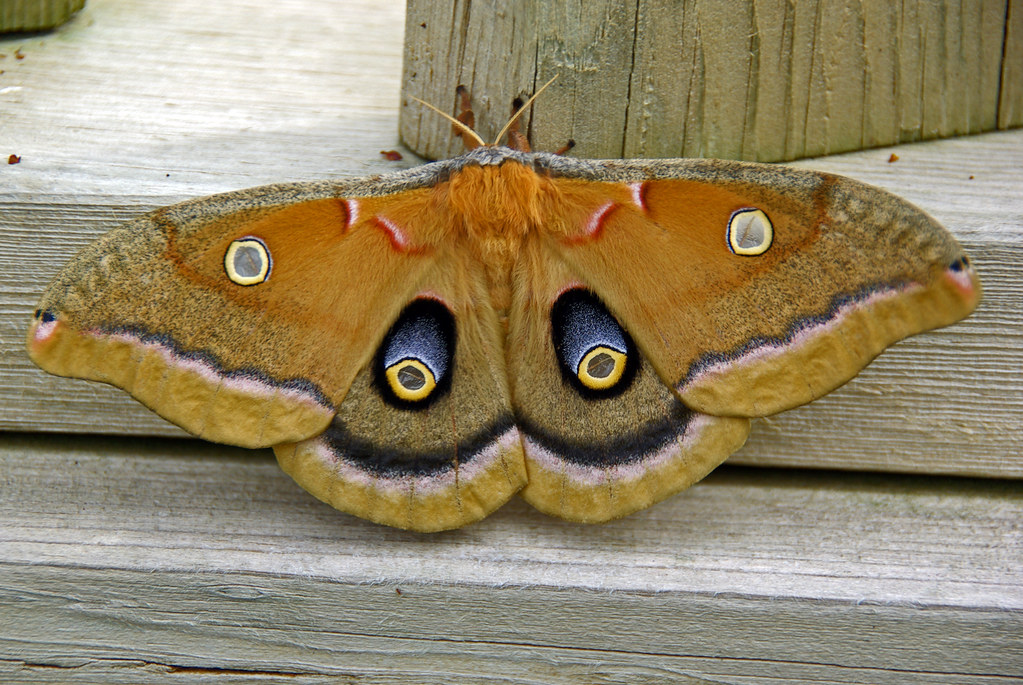
Insect sensory systems achieve remarkable performance despite severe constraints on neural resources, offering valuable lessons for computational efficiency. The dragonfly’s predatory visual system, containing just 16 specialized neurons, can track moving targets against complex backgrounds with greater precision than many computer vision systems requiring millions of operations. Similarly, moths can detect and respond to specific pheromones at concentrations of just a few molecules using highly specialized olfactory circuits. This extreme specialization contrasts with the generalist approach of most AI systems and has inspired a new generation of task-specific neural networks. Engineers at the University of Washington have developed visual processing chips based on insect optic lobe architecture that can perform motion detection tasks while consuming less than one-thousandth the power of conventional computer vision systems, making them ideal for applications in small drones and mobile devices.
Neural Pruning: The Virtue of Simplicity
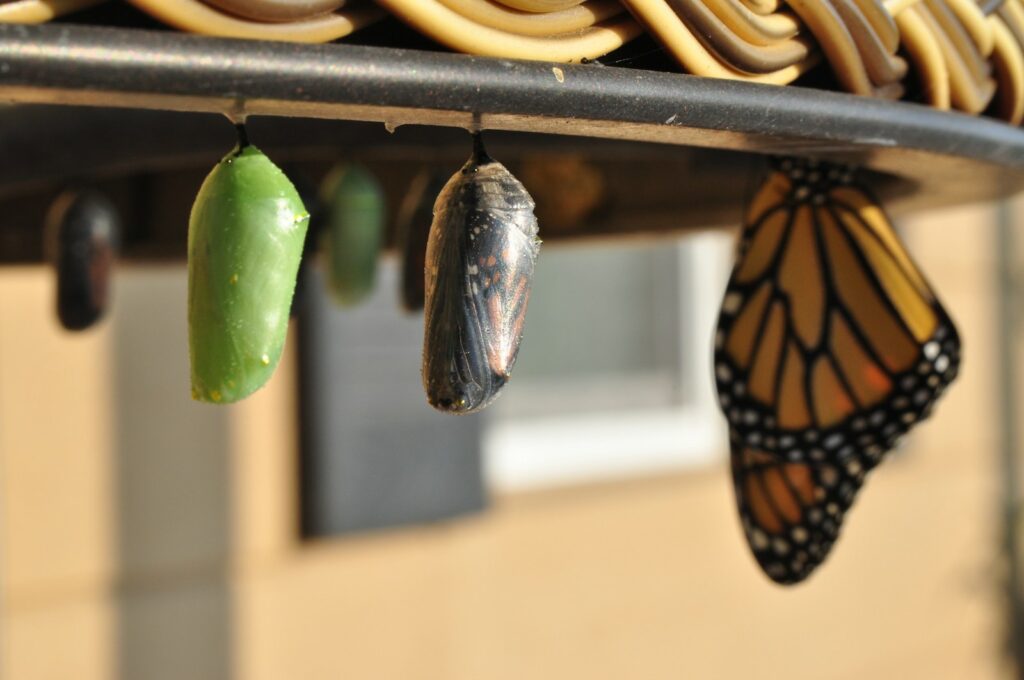
One surprising insight from insect neuroscience is the importance of neural pruning—the process of removing unnecessary connections to create more efficient networks. During metamorphosis, insects undergo dramatic restructuring of their nervous systems, with many neural connections being selectively eliminated to create more streamlined, efficient circuits. This natural process challenges the “bigger is better” assumption often seen in AI development, where models continuously grow in size and complexity. Researchers at Google DeepMind have found that artificial neural networks can be reduced to a fraction of their original size through careful pruning while maintaining or even improving performance. This insect-inspired approach to neural efficiency has led to the development of “lottery ticket hypothesis” models that identify and preserve only the most essential connections, potentially reducing the environmental impact of AI by dramatically decreasing computational requirements.
Real-Time Decision Making Under Constraints
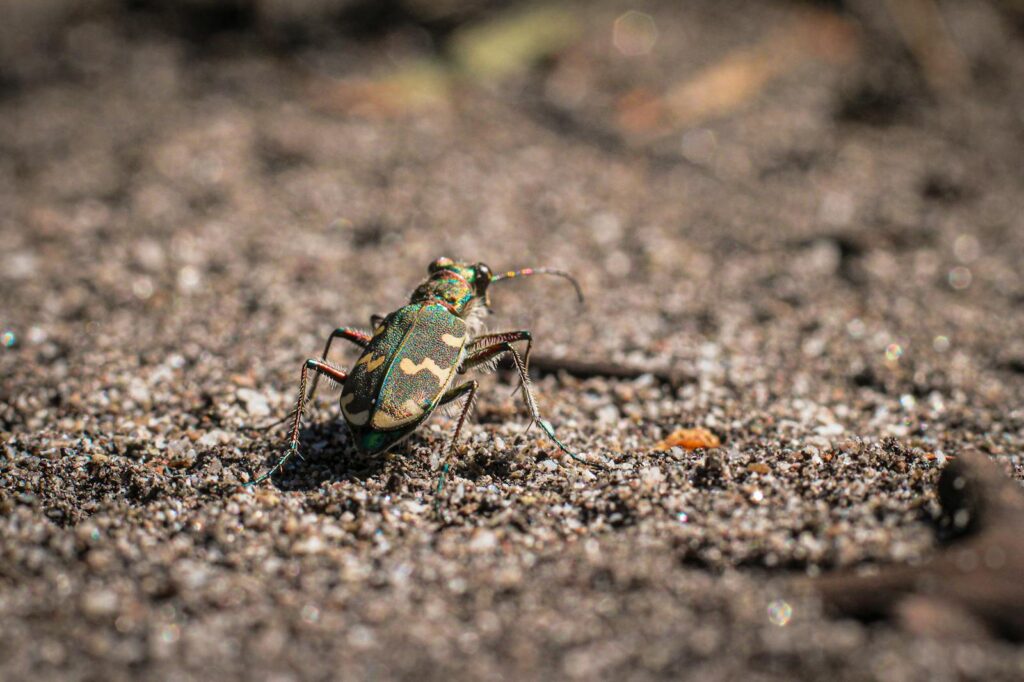
Insects excel at making good-enough decisions under severe time and resource constraints, a capability that many AI systems struggle to match. A predatory tiger beetle must decide when to strike based on limited visual information processed through a tiny brain, all while moving at speeds that make accurate perception challenging. This ability to make rapid, resource-efficient decisions has inspired a branch of AI research focused on bounded rationality and approximation algorithms. Scientists at MIT have developed insect-inspired decision-making models that excel in time-critical applications where perfect solutions are less important than timely, workable ones. These models have found applications in autonomous vehicles, where split-second decisions must be made with incomplete information, and in high-frequency trading, where computational efficiency provides a competitive advantage.
Neuromorphic Hardware: Building Brains in Silicon
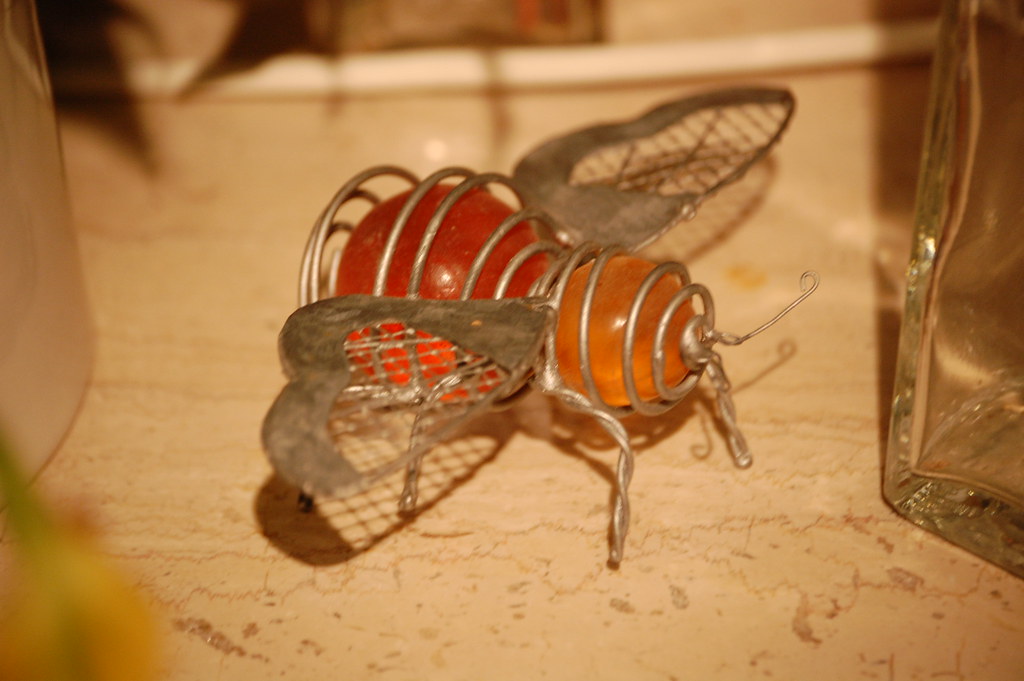
Perhaps the most direct application of insect neuroscience to AI development comes in the form of neuromorphic computing—hardware designed to mimic the structure and function of biological neural systems. Unlike conventional von Neumann computer architecture, which separates processing and memory, neuromorphic chips integrate these functions in ways similar to biological neurons, dramatically reducing energy requirements. Intel’s Loihi neuromorphic research chip, inspired partly by insect neural architecture, can solve certain problems using up to 1,000 times less energy than conventional processors. The European Union’s Human Brain Project has developed SpiNNaker (Spiking Neural Network Architecture), which uses principles derived from insect neuroscience to create energy-efficient computing systems capable of real-time processing. As these technologies mature, they promise to enable sophisticated AI capabilities in small, energy-constrained devices without requiring constant cloud connectivity.
Adaptive Learning Without Big Data

One of the most striking contrasts between insect learning and conventional AI involves the amount of data required for adaptation. While modern deep learning systems typically require millions of labeled examples to achieve proficiency, insects can learn critical tasks from just a handful of experiences. A honeybee may learn to associate a specific flower with food reward after just a single visit, displaying a sample efficiency that far exceeds most machine learning algorithms. This capability has inspired research into few-shot and one-shot learning techniques that aim to reduce AI’s data hunger. Researchers at the University of California, San Diego have developed insect-inspired reinforcement learning algorithms that can master new tasks with orders of magnitude less training data than conventional approaches. These models incorporate principles from insect neuroscience, such as rapid synaptic plasticity and neuromodulation, to achieve learning efficiency that more closely resembles biological systems.
Multimodal Integration: Fusing Sensory Information

Despite their limited neural resources, insects excel at integrating information across multiple sensory modalities to form coherent representations of their environment. A honeybee simultaneously processes visual, olfactory, and mechanical information to identify flowers, navigate landscapes, and communicate with hivemates—all with a brain smaller than a sesame seed. This efficient sensory fusion stands in contrast to many AI systems, which often struggle to meaningfully integrate different data types. Researchers at the University of Edinburgh have developed computational models based on the insect central complex that efficiently combine visual, proprioceptive, and memory information for navigation tasks. These multimodal integration techniques have proven valuable for robotics applications, where systems must synthesize data from cameras, accelerometers, and other sensors to function effectively in complex environments.
Ethical Implications: Learning from Nature vs. Mimicking Consciousness

The quest to learn from insect cognition raises important ethical questions about the relationship between biological and artificial intelligence. Unlike approaches that aim to recreate human-like consciousness in silico, insect-inspired AI focuses on replicating specific functional capabilities rather than subjective experience. This distinction may help address some ethical concerns about creating artificial sentience, as the goal is to understand and implement efficient computational principles rather than to simulate consciousness. Nevertheless, as these systems grow more sophisticated, questions arise about the moral status of entities that increasingly mimic biological cognition. Philosophers and ethicists at the Oxford Uehiro Centre for Practical Ethics have proposed frameworks for evaluating the ethical implications of biomimetic AI that incorporate considerations of function, architecture, and evolutionary history. These discussions highlight the importance of maintaining a clear conceptual distinction between understanding the computational principles of insect brains and attributing consciousness to either the biological models or their artificial counterparts.
The Future: Hybrid Systems and Biological Computing

The most exciting developments at the intersection of entomology and AI may lie in hybrid approaches that combine biological and artificial elements. Researchers at Johns Hopkins University have created “Robo-raven,” a drone controlled by a living insect’s nervous system, demonstrating how biological neural circuits can be integrated with mechanical systems. Meanwhile, scientists at the University of Florida have developed “cyborg insects”—beetles fitted with miniature backpacks that interface directly with their nervous systems, allowing researchers to study neural activity during natural behaviors. Beyond these cyborg approaches, some researchers are exploring whether actual biological neurons grown in laboratory settings could form the basis of future computing systems. These “wetware” computers might eventually combine the energy efficiency and adaptability of biological neural networks with the speed and precision of silicon-based computing, potentially representing a revolutionary new paradigm in artificial intelligence development.
Conclusion
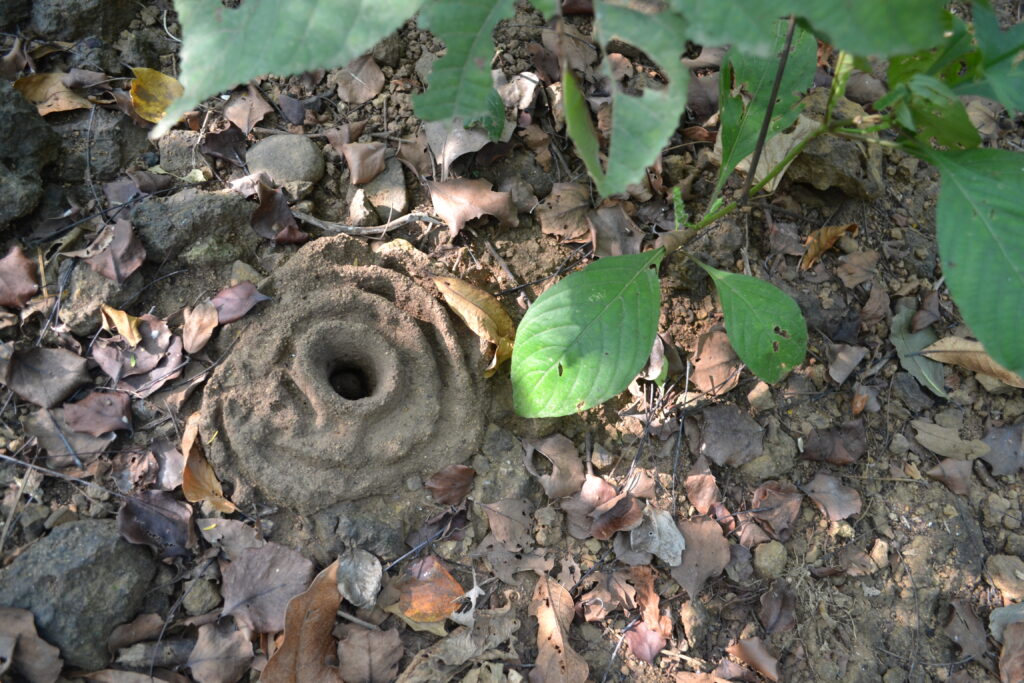
As we continue to unravel the mysteries of insect cognition, the divide between natural and artificial intelligence grows increasingly blurred. These tiny creatures, long overlooked in the study of intelligence, have become unexpected teachers in our quest to create smarter, more efficient machines. Their elegant neural solutions—refined by hundreds of millions of years of evolution—remind us that sometimes the most profound innovations come in the smallest packages. By studying the humble bug brain, we may ultimately develop artificial intelligence systems that match the remarkable efficiency, adaptability, and resilience that insects display every day. In this collaborative future, the boundary between understanding biology and engineering technology may dissolve, leading to entirely new forms of intelligence that draw on the best of both natural and artificial worlds.

